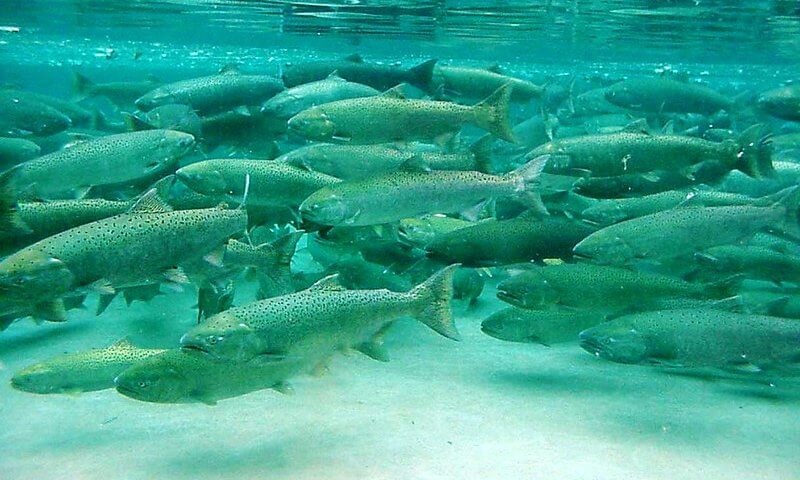Protecting Vulnerable Habitat: The Critical Areas Ordinance

The Impact of Local Fires on Wildlife Habitat
August 30, 2021
Embodying Hope: Becoming Active Participants in our Future
September 21, 2021Protecting our Vulnerable Habitat
The Importance of a County Critical Areas Ordinance
The state of Washington defines five types of critical areas
Each county is required to develop and update a plan for these areas—called a Critical Areas Ordinance (CAO)—that is based on the best-available science and developed in consultation with state agency experts in water, wildlife, and geology. Okanogan County has not updated their CAO since 1994 and the current draft, commented on by MVCC in May 2021, is lacking key provisions to protect these valuable habitats. Since May, the CAO has been on hold, as the County works on the associated Comprehensive Plan and pursues a lawsuit against Department of Ecology. As the county once again turns its attention to finishing the Critical Areas Ordinance, MVCC wants to make sure our members understand the importance of the document and have a chance to comment on it. Some of the revisions MVCC, Futurewise, and the Washington Department of Fish and Wildlife (WDFW) have proposed include:
Adoption of a Clearing and Grading Ordinance. Currently clearing, grading, and building of access roads in the county can occur before critical areas are assessed with a site visit. This can lead to unnecessary disturbance of fragile critical areas. A clearing and grading ordinance would help to trigger a site visit earlier in the building process to avoid disturbances to these habitats.
Identifying all WDFW Priority Habitats and Species in the County and Designating them as priority habitats: This is especially important to aid in protecting salmonid species tha
Adding Protection to the 100-year Floodplain: Protecting the floodplain as a Fish and Wildlife Habitat Conservation Area would close the gap between riparian habitat protected by the Shoreline Master Program and the CAO and ensure continuous protection for threatened and endangered fish species.
Once Okanogan County issues a new draft CAO, we will be looking to see if some of our recommendations have been implemented and what could be improved. We’ll keep you updated and involved in this important process!


